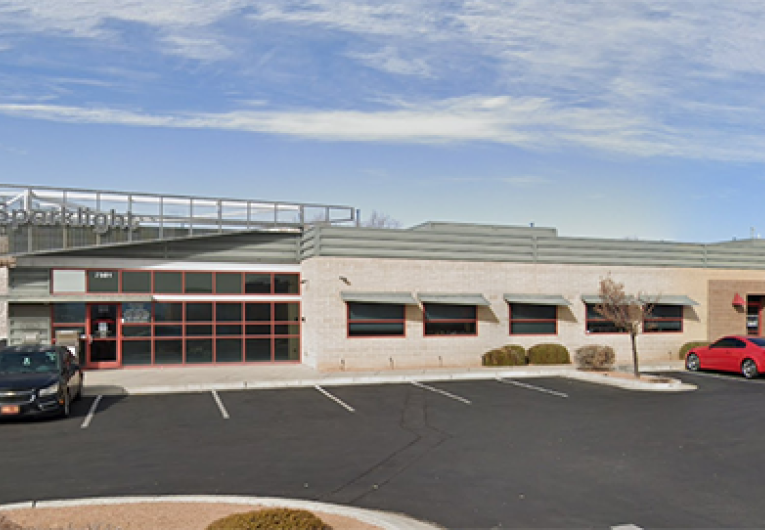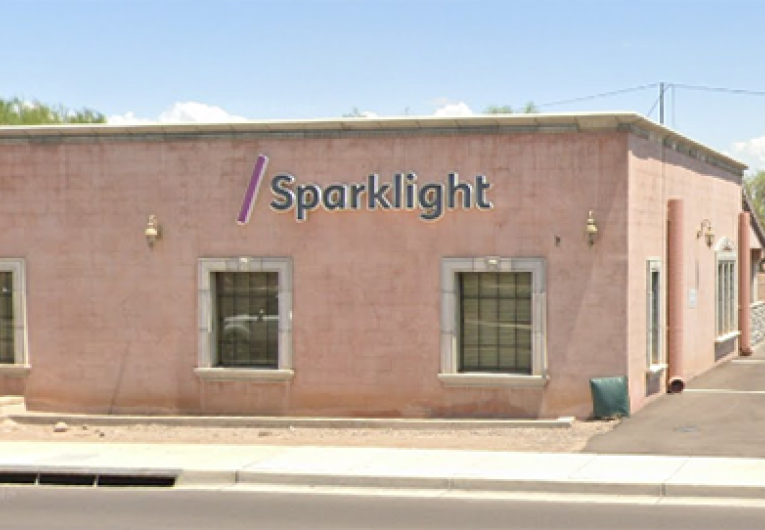
Choosing the Right Type of Internet Connection for Your Business
Choosing between the many different internet connection types can be daunting. Speed, reliability, bandwidth, and the total business internet cost should form the basis for your choice. Here, we'll explore the differences between the four main types of internet connections to help you select the one that best fits your business goals.
Satellite Internet
Available virtually everywhere, satellite internet can be a smart choice for businesses operating in rural or remote areas. While the speed and reliability of satellite internet vary by provider, this type of service is more often chosen by residential than business customers. Trees, wind, rain, snow, terrain and sunspots can interfere with satellite signals, resulting in slow speeds and downtime. If your business relies heavily on communication, you may find faster and more cost-effective options in an alternative business internet connection type.
Fiber Internet
Most communications providers offer fiber internet service in select locations. The service offers tremendously high speeds and reliability of 1 Gbps or higher, transmitting data in the form of light across thin glass fibers. Fiber-optic internet is steadily becoming more available as well as affordable and is the fastest among the various internet connection types, but may not be available in some locations.
Cable Internet
Using pre-installed coaxial cables, cable internet delivers internet access through a modem with speeds ranging from 10 Mbps to 1 Gbps. Ideally, you should choose a provider offering high speeds without bandwidth usage limits. Cable internet is ideal for uploading and downloading files, digital collaboration, and most types of video communications. The service is a solid choice for most businesses, with higher-end speeds rivaling those of fiber internet. Many providers offer cable internet bundles with phone and TV services.
DSL Internet
An acronym for "digital subscriber line," DSL internet services are delivered through your business's telephone line and can be bundled with your phone service. DSL speeds vary depending on your distance from your provider's nearest facility. Rural and suburban areas may see speeds of 3 to 12 Mbps, while urban areas may reach or exceed 100 Mbps. While DSL may not offer an advantage with video streaming and conferencing (depending on how far you are from the nearest facility), it is sufficient for less data-intensive tasks such as sending emails, browsing the web, and downloading small files.
Downloadable Guide
Get an overview of the various types of business internet connections with our easy-to-read downloadable guide from Sparklight Business. Download now.
Call Us Today for Details!
To learn more about the types of internet connections available for your business, call your local Sparklight Business representative today.
The trends, insights, and solutions you need to grow your business.
By signing up, you’re subscribing to our monthly email newsletter, The
Wire. You may unsubscribe at any time.
Your information stays safe with us. Learn more about our privacy
policy.











![[#MSP_NAME#] Logo](/themes/sparklight_business/images/transition-logos/migration-banner-logo-[#MSP_CD#].png)
